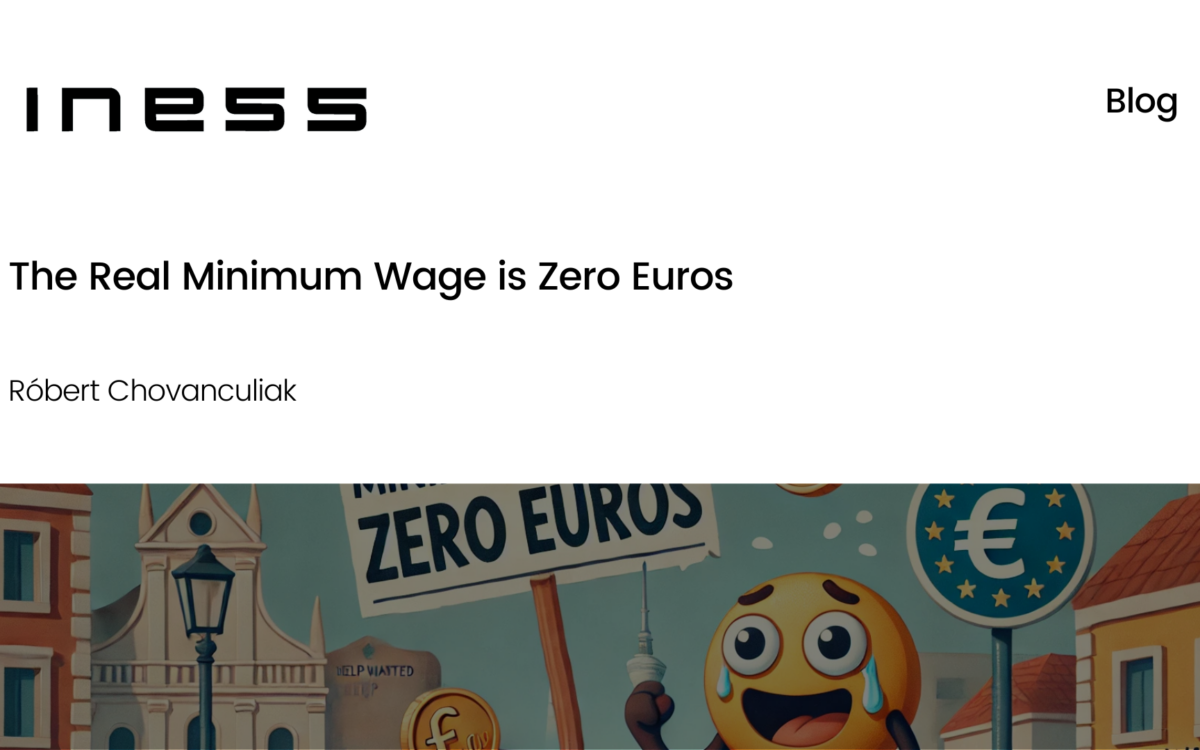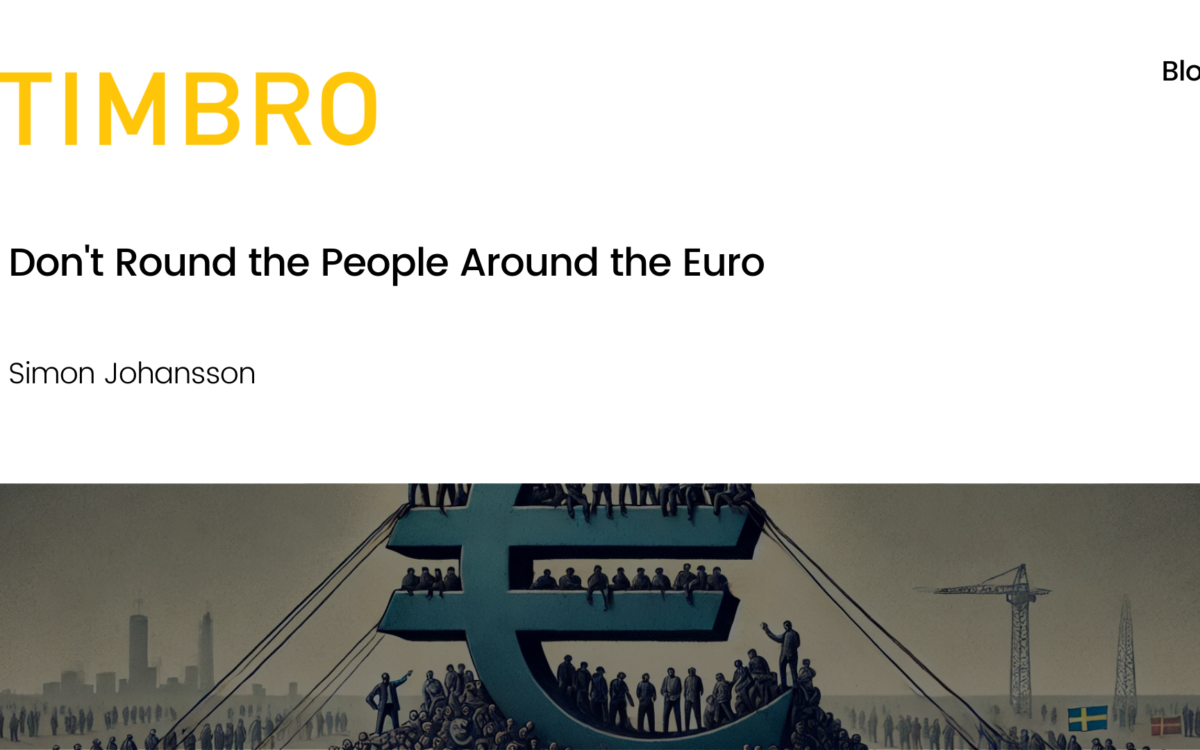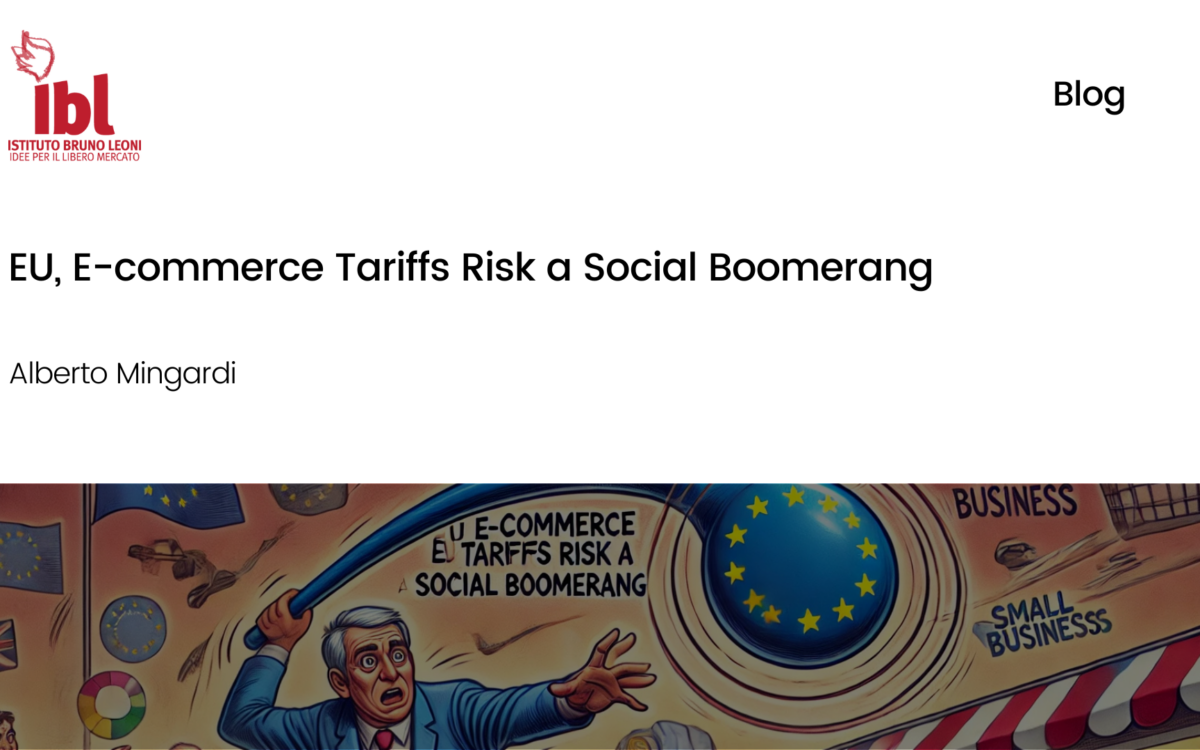A Year Of Interest Rate Increases

A Year Of Interest Rate Increases
Leonardas Marcinkevičius // 12 September 2023
It has been a year since the first-in-a-decade increase of the European Central Bank’s (ECB) key interest rates.
Throughout the history of the Eurozone, interest rates have never been raised so much within such a short period. Just in July 2022, they were in the range of –0.5 per cent to 0.25 per cent, and within a year, they were increased by 4.25 percentage points. The September meeting would be the tenth in a row in which the governing council has decided to raise interest rates further. The number of the increases, and the haste with which they were done, has caused more frustration and concern for borrowers and the entire economy rather than the level to which they were raised.
While observing such intensive interest rate hikes, one conclusion becomes pertinent – the longer interest rates are kept artificially low, the more substantial is the leap required to bring them back to a normal level. Naturally, the longer people get accustomed to cheap loans, the more sensitive they become to changes in borrowing costs. Negative interest rates were not the norm but the anomaly. If borrowing practically costs nothing, people have absolutely no incentive to delay their spending or save. This harms the health of a currency as it loses its value.
Although representatives of the Central Bank haven’t explicitly mentioned it yet, their actions clearly demonstrate that managing inflation is connected to reducing the money supply. The shift in monetary policy gives hope that we won’t witness such extensive money printing in the future. Lowering the cost of borrowing encourages credit activity, and banks issue more loans. This leads to an increase in the money supply. But the quantity of money in circulation is affected not only by interest rate regulation.
The ECB has also implemented quantitative easing, injecting money into the economy through negative interest rates and by buying securities, including government bonds. The Central Bank’s portfolio doubled to €5 trillion during the pandemic. Through quantitative easing, policymakers increased the money supply in the Eurozone by a quarter during the pandemic and by more than half in countries such as Lithuania. This means that despite minimal production growth, a significantly larger number of euros were used to trade the same amount of goods. Consequently, we experienced widespread inflation. Thus, the fact that adjustments are being made to interest rates and quantitative easing gives hope for price normalisation.
To suppress record price increases, the ECB has turned its monetary policy tools upside down and started “withdrawing” the money printed during the pandemic. The purchase of securities under the Pandemic Emergency Purchase Programme (PEPP), amounting to €1.85 trillion, was halted in March 2022. In June last year, it announced that the Asset Purchase Program (APP) would end and interest rates would be raised. However, at the same time, a new instrument was being prepared – the Transmission Protection Instrument (TPI), designed to buy the bonds of the most indebted Eurozone countries if necessary. In February 2023, the ECB announced that the Asset Purchase Program’s portfolio would be reduced by €15 billion per month. In May, it was announced that reinvestment in this program will be completely terminated.
Policymakers’ decisions have already led to a unique phenomenon – a reduced amount of money in circulation. This year, for the first time in the history of the Eurozone, the growth of the narrowest money supply indicator (M1) has turned negative. In the middle of the year, the amount of money in circulation decreased by 9 per cent. This means that there is less money in circulation than last year.
Although the process of monetary normalisation has been initiated in small steps, it will ultimately benefit the health of our currency. Gradually, the euro will be able to fulfil its functions properly: as a medium of exchange, a store of value, and a unit of account.
This shows that sooner or later, we must pay for cheap money. Printing money does not create economic prosperity but only an illusion of it. If we don’t learn these lessons, we’ll return to a similar situation in which the central bank will once again resort to implementing a cheap money policy in the face of economic difficulties. The actual consequences of this have already been felt recently, not only by borrowers but also by businesses that have halted development and citizens buying groceries in stores. Until the impacts of the Central Bank’s decision to enable record inflation in the Eurozone are clearly identified, there is a risk that currency devaluation will continue.
EPICENTER publications and contributions from our member think tanks are designed to promote the discussion of economic issues and the role of markets in solving economic and social problems. As with all EPICENTER publications, the views expressed here are those of the author and not EPICENTER or its member think tanks (which have no corporate view).



